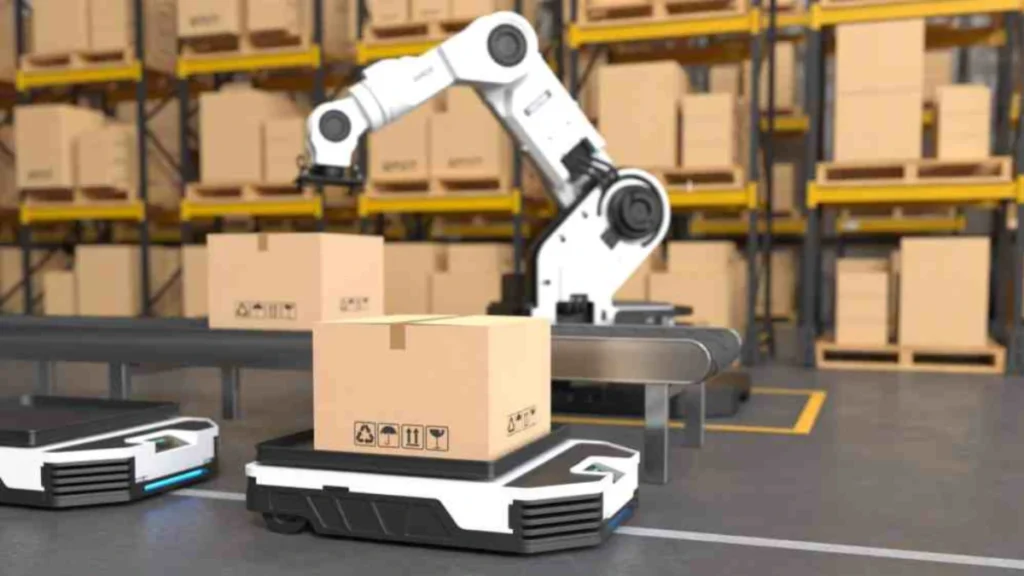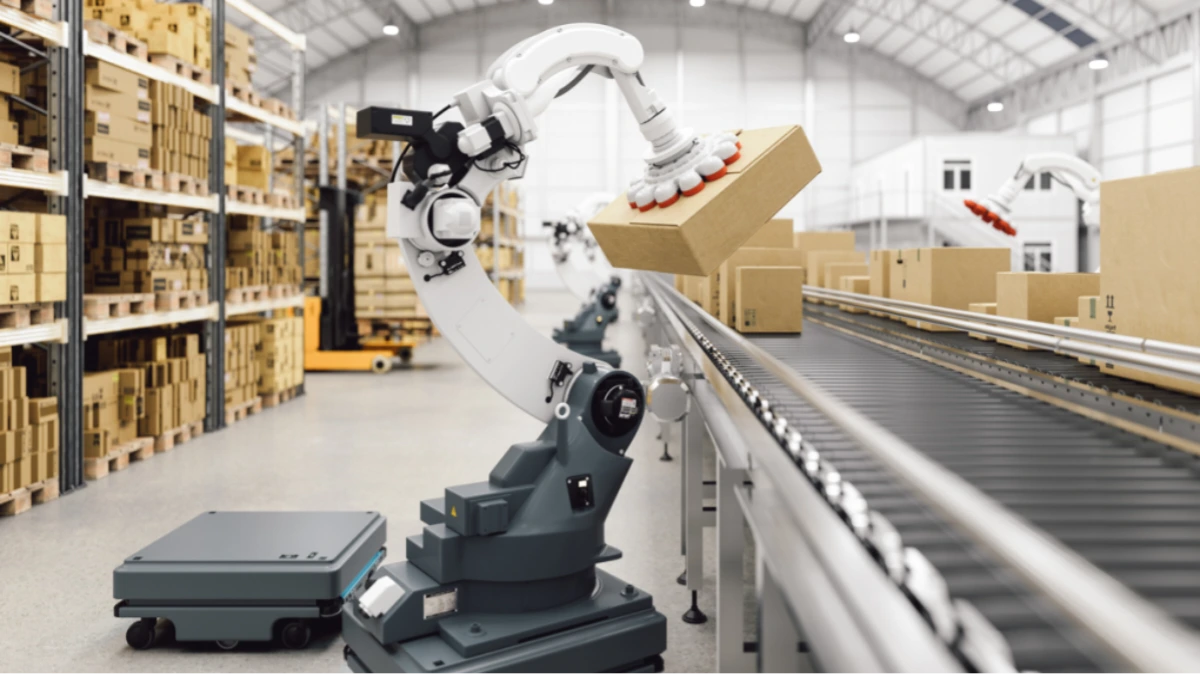SEATTLE — Amazon, the second largest private employer in the United States, is preparing for one of the biggest transformations in its history.
According to internal planning documents reviewed by The New York Times, the company is advancing toward a future where robots, not humans, perform much of the labor inside its warehouses.
Executives reportedly believe automation could allow Amazon to avoid hiring more than 600,000 workers over the next decade as the company doubles its sales.
Amazon’s robotics and logistics teams are already testing systems that could replace a large portion of warehouse and fulfillment staff.
The goal, sources said, is to automate about 75 percent of the company’s operations a shift that could reshape not only Amazon’s workforce but also the broader US labor market.
Over the past twenty years, Amazon has fundamentally altered the nature of work in America. It pioneered warehouse efficiency, reshaped retail logistics and built an economy around speed and scale. The company’s US workforce has ballooned to nearly 1.2 million, more than triple its size in 2018.
However, that growth has also brought rising labor costs, high turnover, and increasing pressure from worker unions. Automation appears to be Amazon’s next strategic answer.
Documents show the company projects it could save roughly 30 cents per item shipped through robotic automation a significant margin across billions of orders each year. Amazon, in public statements, maintains that it remains committed to job creation.
“These materials don’t reflect our overall hiring plans,” spokeswoman Kelly Nantel said, noting that Amazon intends to hire around 250,000 seasonal workers this year. The company insists that automation will “enhance safety and efficiency,” not eliminate opportunities.

Labor analysts view Amazon’s automation drive as a critical turning point for blue collar employment. Dr. Michael Torres, a workforce economist at the University of Chicago, said that while technological innovation can create new categories of jobs, it often displaces workers faster than economies can adapt.
“When Amazon automates, the ripple effects reach well beyond its own walls,” Torres said. “Suppliers, transportation firms, and even local economies adjust to that new standard. It effectively resets the labor baseline for an entire industry.”
Technology experts agree the company’s ambitions are achievable. Amazon has already deployed tens of thousands of “cobots” collaborative robots that work alongside people and uses AI driven systems to manage workflow.
Dr. Priya Narayanan, an automation researcher at Stanford University, said full integration could occur “within five to seven years if current progress continues.”
Amazon’s US automation team estimates that by 2027, the company could avoid hiring 160,000 workers it would otherwise need. Over the following years, that number could exceed 600,000 as operations expand.
In comparison, Walmart the only private employer larger than Amazon employs about 1.6 million Americans. If Amazon achieves its goal of automating 75 percent of warehouse operations.
It would represent one of the largest workforce reductions in US corporate history not driven by layoffs but by technological replacement.
Research from the Brookings Institution found that warehouse and fulfillment jobs are among the most automation prone occupations in the United States.
Yet these same jobs have been among the fastest growing since 2015, driven largely by Amazon’s expansion. The study notes that any rapid reversal “could strain local economies heavily dependent on logistics hubs.”
Inside Amazon’s warehouses, opinions on automation are mixed. “I’ve worked here six years, and the robots get smarter every season,” said Marcus Hill, a packer at an Amazon facility in Columbus, Ohio.
“At first, they helped us move faster. Now they’re starting to do the jobs people used to have.” Some employees welcome the change.
“If robots can take on the heavy lifting, maybe fewer of us will get injured,” said warehouse technician Rosa Delgado in Phoenix. “But everyone wonders what happens when there’s less lifting to do.”
Community leaders in logistics dependent regions are also paying attention. “Amazon helped revive our local economy after the pandemic,” said Janet Morris, an economic development official in Kentucky.
“But if robots replace thousands of workers, that stability could vanish overnight.” Amazon’s long term vision includes building what executives describe as “lights out warehouses” facilities capable of running 24 hours a day with minimal human oversight.
The company is reportedly planning communication strategies to soften public reaction, avoiding terms like “automation” and “AI” in favor of phrases such as “advanced technology.”
Experts believe this approach reflects a broader shift in corporate messaging as companies attempt to balance innovation with social responsibility.
“Corporations don’t want to be seen as job killers,” said Dr. Narayanan. “Framing automation as collaboration robots working with humans helps maintain public trust.”
The company is also exploring ways to mitigate potential community backlash. Internal plans suggest expanding charitable involvement in local events and promoting retraining programs for displaced workers.
Amazon’s plan to automate much of its workforce marks a defining moment for the American labor landscape. The move could boost efficiency and profitability, but it also raises pressing questions about the future of millions of blue collar jobs.
As robots take over more warehouse floors, communities across the country may face a new economic reality one shaped not by human hands, but by machines built to replace them.

